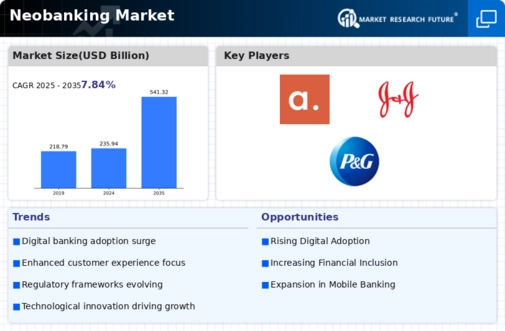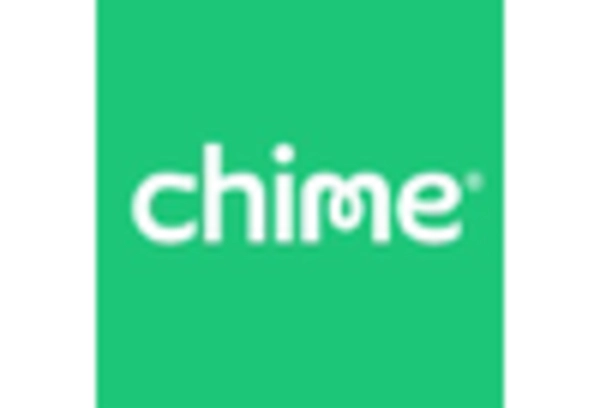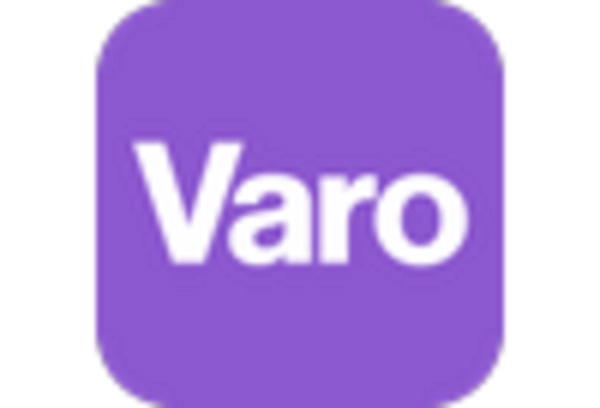Market Trends
Introduction
As we approach the year 2025, the neobanking industry is undergoing a transformational process, resulting from a combination of technological developments, regulatory changes, and changing customer behavior. Artificial intelligence and the blockchain are changing customer expectations and the way services are delivered. Regulations are forcing neobanks to adopt more rigorous compliance systems while retaining agility in their operations. And consumers’ growing demand for more individualized and convenient financial services is pushing neobanks to refine their offerings. Having a clear understanding of these trends is crucial for neobanks to navigate the new competitive landscape and seize new opportunities.
Top Trends
-
AI-Driven Personalization
In the financial sector, neobanks are increasingly using artificial intelligence to offer a personal service. Machine-learning algorithms, for example, are used by banks like Monzo to analyse customer behaviour and make tailored recommendations. According to a study, 80% of consumers prefer a bespoke service, which is bound to increase customer loyalty. In the coming years, this trend will significantly increase customer engagement and retention. -
Sustainability Initiatives
It is a point of honour with the neobanks to have an ecologism as a part of their policy. As an example of this, N26 offers a carbon-offset program for transactions. Research has shown that 70 per cent of millennials are willing to pay more for sustainable services. The neobanks are therefore integrating green initiatives. This trend could well result in a competitive advantage in the field of attracting environmentally conscious consumers. -
Enhanced Security Measures
Cybersecurity threats have multiplied. Neobanks are prioritizing advanced security measures. Biometrics, such as the iris scans used by Revolut, and real-time fraud detection are being implemented. Statistics show that 60% of consumers are worried about the security of their on-line banking. This has prompted neobanks to increase their spending on cyber security. This concern for security is likely to increase trust and improve take-up. -
Integration of Cryptocurrency Services
Cryptocurrency services are becoming a major trend among neobanks. Fidor Bank, for example, has started offering its clients an opportunity to trade in cryptocurrencies. A survey of millennials shows that 40 percent are interested in using cryptocurrencies for daily purchases. This may lead to the acceptance of cryptocurrencies in the main stream. -
Open Banking Collaboration
Open banking is reshaping the new banking scene by allowing third parties to develop applications and services. Neobanks like Atom Bank are collaborating with fintechs to expand their service offering. Open banking has been shown to increase customer satisfaction by up to 30%. This new trend is expected to increase innovation and improve the customer experience in the financial sector. -
Financial Education and Literacy Programs
“The neobanks are increasingly turning to financial education in order to enlighten their customers. For example, Simple Finance provides budgeting tools and educational resources to help its clients manage their money. And according to a survey, 75% of consumers feel more confident about their financial decisions when they have access to these tools. This could lead to a higher degree of financial literacy and customer loyalty. -
Global Expansion Strategies
The Neobanks are going abroad to tap new markets. Ubank, for instance, is now looking into the possibilities in the Asia-Pacific region. Data shows that half of the Neobanks plan to enter new geographical markets in the next two years. This trend could lead to increased competition and innovation in the world banking system. -
Subscription-Based Banking Models
Subscription models are increasingly popular among neobanks, offering premium services for a monthly fee. Some like Movencorp have been experimenting with this model to offer their clients a higher degree of service. Research indicates that some 65% of consumers are open to subscription banking. This trend could alter the traditional revenue streams and client relationships of banks. -
Focus on Customer Experience
The neobanks, whose customer experience is a key differentiator, are investing in the development of a user-friendly environment and in the provision of a quick and efficient service. For example, Webank Inc. is investing in the design of its app to ensure customer satisfaction. The studies show that up to 90% of consumers put customer experience above all else in their choice of bank. This trend will be a major driver of customer acquisition and retention in a competitive market. -
Regulatory Compliance Innovations
The neobanks are innovating to meet the evolving regulatory requirements. Mybank, for example, has developed automatic compliance tools that facilitate reporting. In some cases, regulatory compliance costs can represent up to ten per cent of operating costs. This trend could lead to more agile and cost-effective compliance strategies in the neobanking sector.
Conclusion: Navigating Neobanking's Competitive Landscape
In 2025, the banking industry is characterised by intense competition and a high degree of market fragmentation, as both established financial institutions and new fintech companies compete for the attention of consumers. The trend towards greater localisation of services has led to a demand for offerings tailored to meet local needs. And so the major banks are increasingly digitising their operations, while the agile start-ups are making the most of advanced digital technology to disrupt the established business models. Strategic capabilities such as artificial intelligence, the automation of customer service, the development of sustainable business practices and the flexibility of operations will be crucial in determining which players will come out on top. These strategic capabilities will have to be strengthened in order to ensure the agility needed to respond to changes in consumer expectations and the regulatory framework.

















Leave a Comment